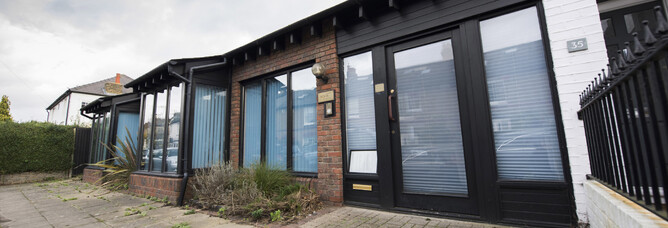Well the day is soon dawning for the changes to the deductibility of interest for landlords. There have been a lot of scare stories in the press so I thought it prudent to set the record straight about what is happening and who is impacted.
What's changing
Hitherto, if you borrowed money to buy a property and help buy furnishings or refurbish it and incurred interest on that, then you could deduct this from your rental profits before calculating the tax liability. From 6 April 2017, the new rules will mean that the amount and the tax rate applied changes.
Interestingly, the definition of interest also includes costs of obtaining finance such as broker fees or arrangements fees.
HMRC have published some great case studies that show the effects. You can also see that there can be substantial increases to tax liabilities, particularly if you have a high interest payment relative to your rental income.
There are also issues if you are already close to a tax band change such as £45,000, where the rate in 2016/17 jumps from 20% to 40%. Those client's claiming child benefit may also find that the increase to their income pushes them above the £50,000 limit, where child benefit starts to be clawed back.
Now the full effects do not happen immediately because we have a transitional period, so for the 2017/18 tax year only, 25% of these costs come in to the calculation with 75% still deductible as before. For the 2018/19 tax year, 50% come in with 50% deductible as before and then we move to 75% in the calculation in 2019/20 with the full effect taking place in 2020/21.
Interestingly, the definition of interest also includes costs of obtaining finance such as broker fees or arrangements fees.
HMRC have published some great case studies that show the effects. You can also see that there can be substantial increases to tax liabilities, particularly if you have a high interest payment relative to your rental income.
There are also issues if you are already close to a tax band change such as £45,000, where the rate in 2016/17 jumps from 20% to 40%. Those client's claiming child benefit may also find that the increase to their income pushes them above the £50,000 limit, where child benefit starts to be clawed back.
Now the full effects do not happen immediately because we have a transitional period, so for the 2017/18 tax year only, 25% of these costs come in to the calculation with 75% still deductible as before. For the 2018/19 tax year, 50% come in with 50% deductible as before and then we move to 75% in the calculation in 2019/20 with the full effect taking place in 2020/21.
So what can be done to mitigate this
Well there are a few suggestions below but not all of these will suit everyone:
- If your spouse has allowances available and little other income, it may be a good idea to transfer the property into joint names and use some of their allowances. There will be some legal costs associated with this and you may also end up with a stamp duty charge.
- You could start a Limited Company and use this to buy future properties. These new rules do not apply to Limited Companies. However, moving existing properties is likely to costs capital gains tax and stamp duty so needs to be done with care. There is also the issue that you now need funding in a company name not a personal name which may also be a challenge
- Another option will be to reduce the amount of debt you have which reduces the interest charge but again this brings challenges of having the capital available to do this, the opportunity cost of using these funds against doing something else with them and the fact that your existing products may have a penalty clause if paid back early.
All in all, these new rules do mean that most landlords will see increases to their tax liabilities. We will be happy to assist with a review and calculation of the event on you when these new rules bite.
Please feel free to get in touch with us if you'd like more information.
Please feel free to get in touch with us if you'd like more information.

